Tokyo Art Scene: Collections of Japanese Major Corporations
Traditional Japanese artwork preserved over generations
Tokyo Art Scene is a biweekly report on ongoing art and design exhibitions around Tokyo. It features event listings for architecture, art, ceramics, design, fashion, fine arts, photography and print (both the modern and the traditional) as well as digitally-themed presentations.
Japanese culture is endowed with abundant traditional arts and crafts which have been delicately preserved for centuries. Some Japanese companies have launched exclusive art galleries and museums as part of their endeavor to promote and protect Japanese art and culture.
This week’s art scene will touch on rich kimono designs from Marubeni Gallery of Marubeni Corporation, Chinese ceramics and ancient art from the Matsuoka Museum of Art of Matsuoka Shoten, and paintings by highly acclaimed Japanese and Western artists from the Sumitomo Collection at Sen-oku Hakukokan Museum Tokyo.
“Pursuing and Passing Down the Beauty – Kimono of the Marubeni Collection”
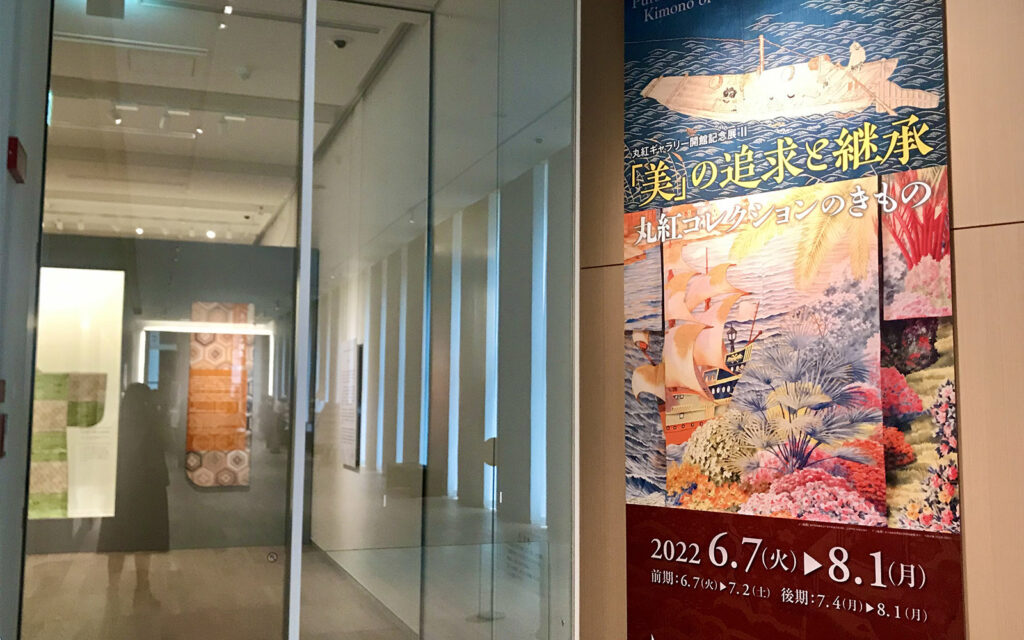 © Photo by Alma Reyes
© Photo by Alma ReyesThe Marubeni Corporation opened the Marubeni Gallery in its Otemachi headquarters in November 2021. Founded by Chubei Itoh, the company started as a textile wholesaler. Since then, it has expanded its trading business to metals, machinery, chemicals and other products and services. It has also cultivated an interest in the arts, particularly Japanese textiles and Japanese and Western paintings. All of which are preserved in the Marubeni Collection.
“Pursuing and Passing Down the Beauty—Kimono of the Marubeni Collection” is presented at the Marubeni Gallery until Aug. 1. The exhibition displays its lovely kimono and the varied dyeing and weaving techniques used from the Edo period and after that.
 © Photo by Marubeni Gallery
© Photo by Marubeni GalleryFurisode with design of exotic landscape on particolored silk crepe. Showa period, 1936
This beautiful furisode (long-sleeved kimono) by artisan Kazuo Imao, grandson of the imperial court-appointed artist, was made using the yuzen-zome (freehand paste-resist dyeing) technique. The color harmony is gorgeous, spread over a painting-like scenery flowing on fabric.
1-1024x640.jpg) © Photo by Marubeni Gallery
© Photo by Marubeni GalleryKimono with design of bonsai on white silk satin crepe. Showa period, 1933.
A kimono created by Tameji Ueno in 1933, the bonsai design on a white silk satin crepe closely resembles an illustration. Ueno was the master of kyo-yuzen (a kind of yuzen-zome created in Kyoto). For this kimono, he removed each motif from the original katabira (unlined summer kimono) and carefully reconstructed them on the weave ramie.
From the Showa period, kimono designs were stylized with newer techniques adapted to modern times. They used chemical dyes, utsushi-yuzen (stencil color-paste dyeing) and luxurious omeshi (scoured yarn and dyed silk fabrics). An array of them are on view.
- Date
- Now through Aug. 1, 2022
- Time
- Daily except Sun from 10 a.m.-5 p.m.
- Location
- Marubeni Tokyo Head Office 3F, 1-4-2 Otemachi, Chiyoda-ku, Tokyo - Map
- Fee
- ¥500 (¥200 discount for visitors of both phases)
- Info
- Access: Takebashi station Exit 3a on Tozai line; Otemachi station Exit C2b on Chiyoda line; Jimbocho station Exit A9 on Hanzomon, Toei Shinjuku and Mita lines
“Various Encounters in the Matsuoka Collection, Vol. 1”
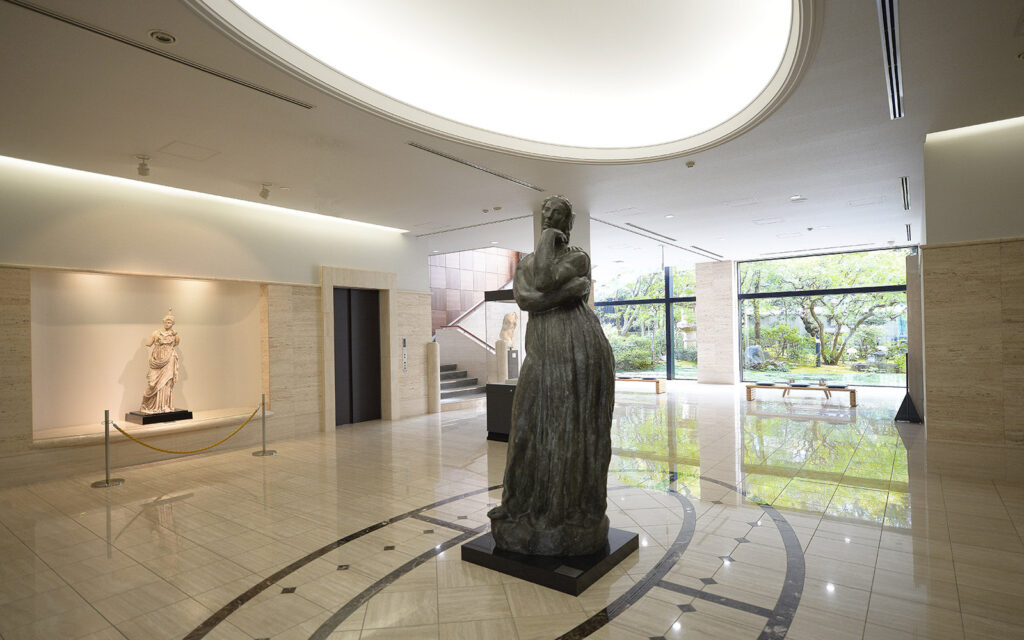 © Photo by Matsuoka Museum of Art
© Photo by Matsuoka Museum of ArtSeijiro Matsuoka established the Matsuoka Shoten trading firm in 1917, which covered real estate, frozen food storage, hotels, preparatory schools and other fields. As a fine art collector, he accumulated about 2,400 treasures ranging from Chinese ceramics, ancient oriental art and modern French and Japanese paintings. In 1975, he established the Matsuoka Museum of Art, presently located in Shirokanedai.
The current exhibition “Various Encounters in the Matsuoka Collection, Vol. 1” running through July 24, showcases Matsuoka Museum of Art’s grand collection of Chinese ceramics, ritual bronze objects and Japanese paintings. These pieces are divided into three sections: “Beauty of Two Colors”, “Learning from Yesterday, Living for Today, Hope for Tomorrow” and “Chinese Bronze Shapes and Applications.”
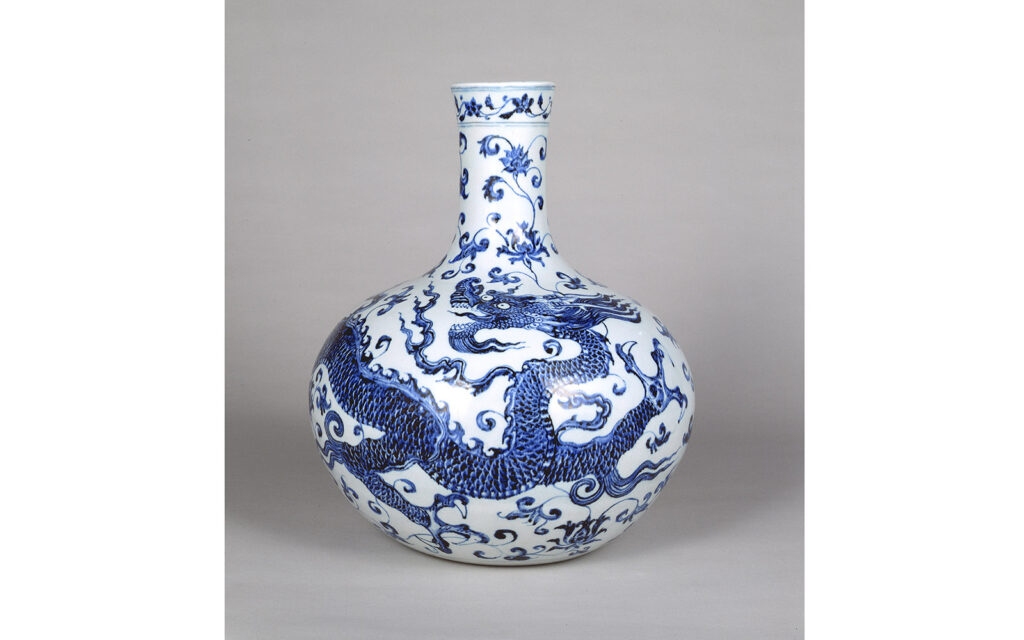 © Photo by Matsuoka Museum of Art
© Photo by Matsuoka Museum of ArtCeramics account for over one-third of the entire collection. One of the most beautiful pieces is the blue and white bottle jar with dragon and arabesque design from the Ming Dynasty, Yongle period (1403-1424) and the under-glazed blue and over-glazed yellow enamel dish with gardenia spray design from the Ming Dynasty, Zhengde period (1506-1521) as shown on the top main photo.
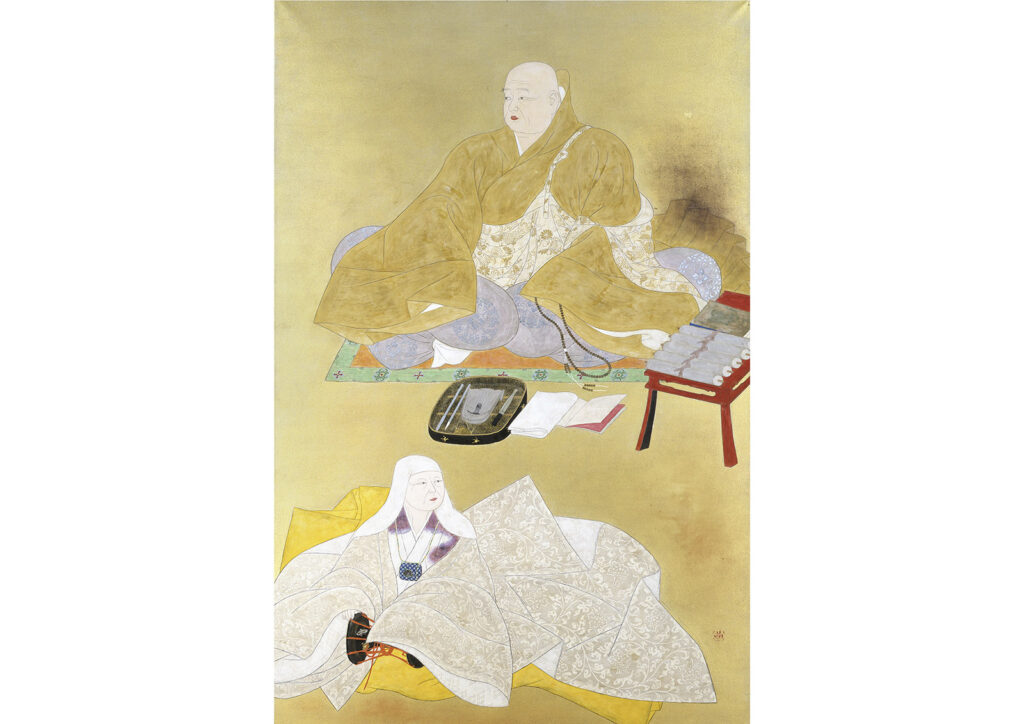 © Photo by Matsuoka Museum of Art
© Photo by Matsuoka Museum of ArtAmong the ancient paintings, ”Retired Emperor Go-shirakawa and Lady Otomae” by Mitsuru Mano and “Zhuge Liang Reading” by Gaho Hashimoto are incredibly fascinating. They have themes related to historical figures and people’s wishes inscribed on screens, which have been essential sources of inspiration for contemporary painters.
Other priceless pieces on display include tableware, sake sets and musical instruments reflecting life in ancient times.
- Date
- Now through July 24, 2022
- Time
- Daily except Mon from 10 a.m.-5 p.m.
- Location
- 5-12-6, Shirokanedai, Minato-ku, Tokyo - Map
- Fee
- ¥1,200
- Info
- Meguro station East Exit on JR Yamanote line; Shirokanedai station Exit 1 on Namboku and Toei Subway Mita lines
“In Praise of Light and Shadows—Western Painting of Sumitomo Collection”
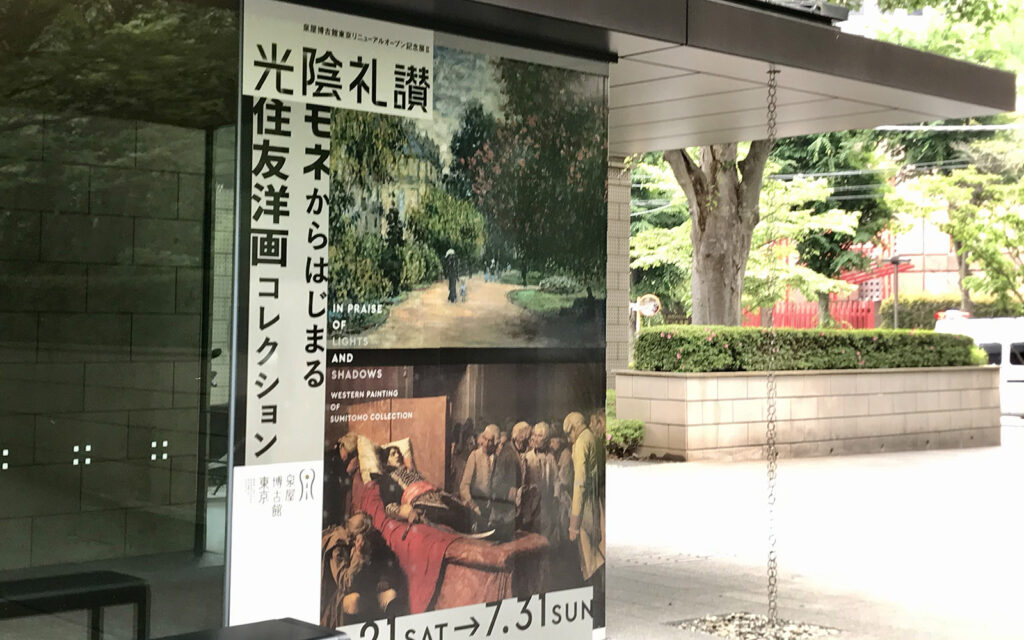 © Photo by Alma Reyes
© Photo by Alma ReyesSen-oku Hakukokan Museum Tokyo in Roppongi houses a fabulous collection of Western paintings by Japanese and Western artists from the Sumitomo Collection.
Kichizaemon Tomoito Sumitomo (Shunsui), the fifteenth Baron of the Sumitomo Corporation family, first obtained two oil paintings by Monet in Paris in 1897. Over the years, the collection had branched out to about 3,500 acquisitions: bronzeware, Chinese and Japanese calligraphy and other antiquities kept at the Kyoto museum (established in 1960); Eastern and Western paintings, Japanese tea utensils, Noh masks and other objects at the Tokyo museum (opened in 2002). Also included are two national treasures, 13 important cultural properties, and 60 art treasures, such as a vase with auspicious fruit design, underglazed color and matt glaze by Hazan Itaya (1917).
The current exhibition “In Praise of Light and Shadows—Western Painting of Sumitomo Collection,” running until July 31, emphasizes the Impressionist period’s devotion to light and the classical school’s pursuit of realism through shadow expression.
 © Photo by Sen-Oku Hakukokan Museum
© Photo by Sen-Oku Hakukokan MuseumTwo landscape paintings by Monet, “Monceau Parc” (1876) and “Road by Farm Saint Siméon” (1864) and “Still Life Plums” (around 1905) by Renoir are some of the Western pieces that evoke the impression of light. Chagall’s “Self-portrait with Goat” (1958) and Picasso’s “Fountain” (1921), representing 20th-century art in Paris, can also be viewed.
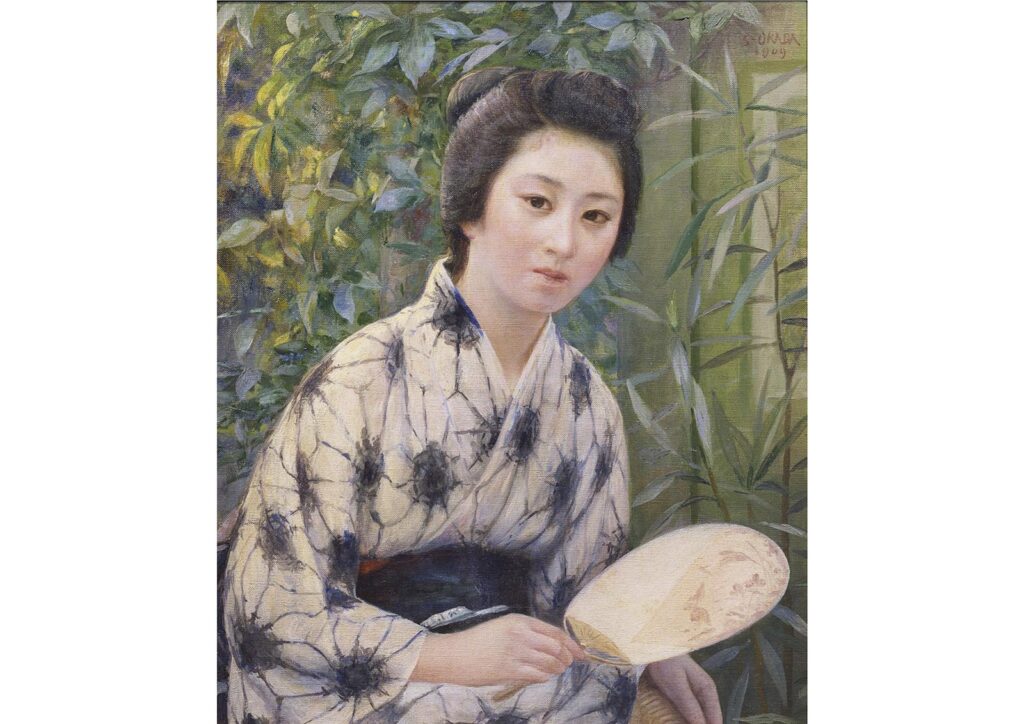 © Photo by Sen-Oku Hakukokan Museum
© Photo by Sen-Oku Hakukokan MuseumAmong the Japanese painters of Western paintings, Saburosuke Okada adopted the rendition of exterior light from Seiki Kuroda, called the “father of modern Western painting” in Japan. Okada developed iconic images of “ideal beauty,” characterized by large eyes and oval faces of female figures which are seen in “Virginia Creeper” (1909).
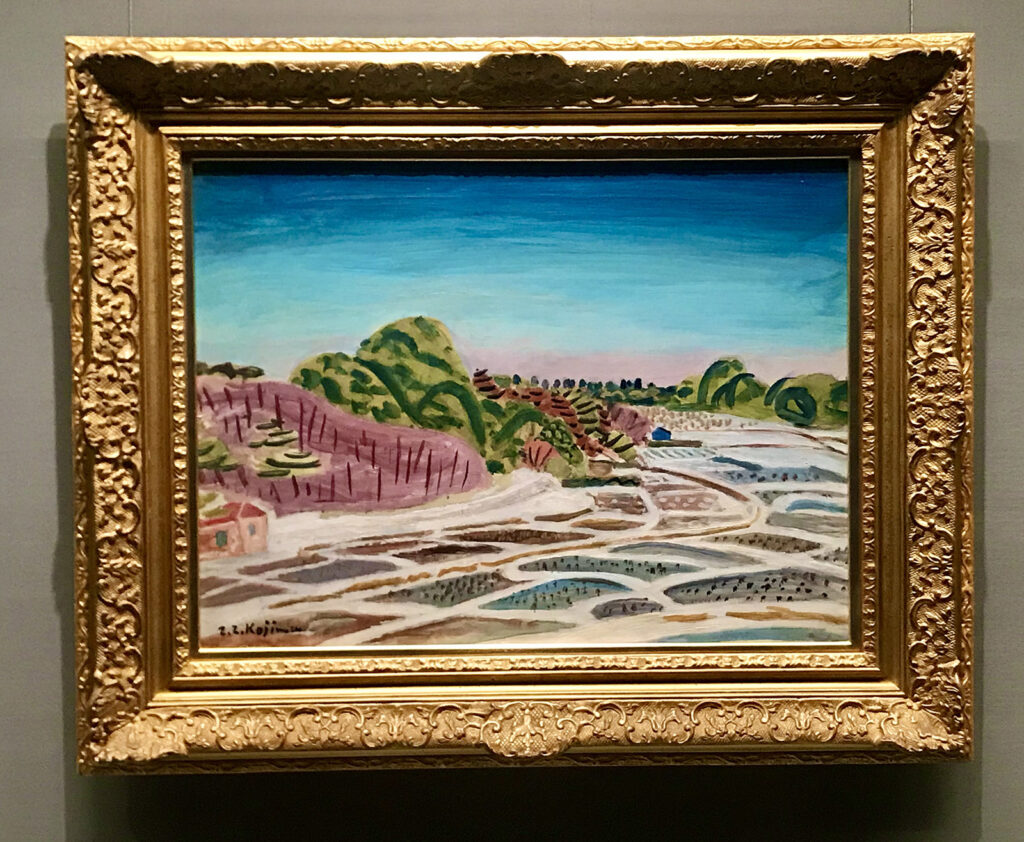 © Photo by Alma Reyes
© Photo by Alma ReyesIn the 1930s-40s, Tomonari Sumitomo, the second son of the founder Shunsui continued the family collection, introducing fauvism and cubism in Western paintings. Zenzaburo Kojima’s “Lingering Snow” (1937) reflects a unique “Japan-ism” approach using bold and massive strokes in landscapes tinted with the traditional Japanese style.
- Date
- Now through July 31, 2022
- Time
- Daily except Mon from 11 a.m.-6 p.m. (until 7 p.m. on Fri)
- Location
- 1-5-1 Roppongi, Minato-ku, Tokyo - Map
- Fee
- ¥1,000
- Info
- Roppongi Itchome station on Namboku line; Kamiyacho station Exit 4b on Hibiya line; Tameike-Sanno station Exit 13 on Ginza and Namboku lines
Beautiful greeneries surround the three venues: the exterior garden of Matsuoka Museum of Art, the Imperial Palace garden close to Marubeni Gallery and a charming park surrounding Sen-oku Hakukokan Museum Tokyo, which connects to the Izumi Garden Tower. Don’t miss the week’s art and nature treat.
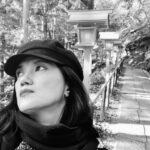

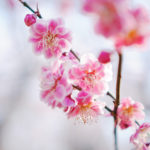
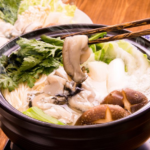
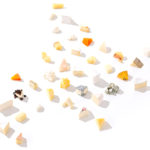
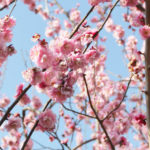






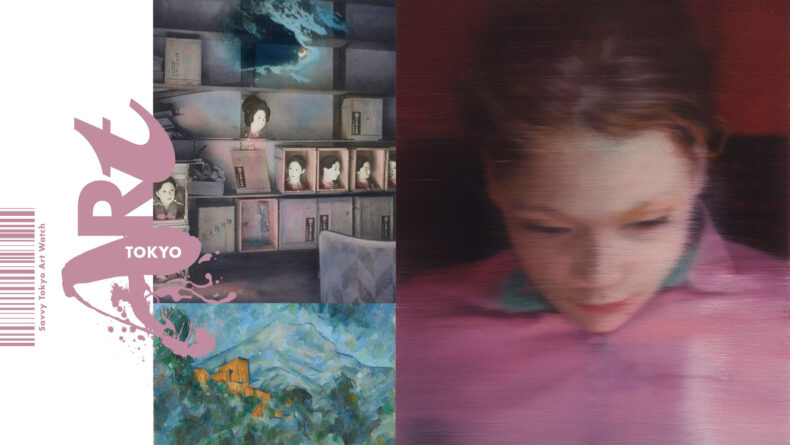



Leave a Reply